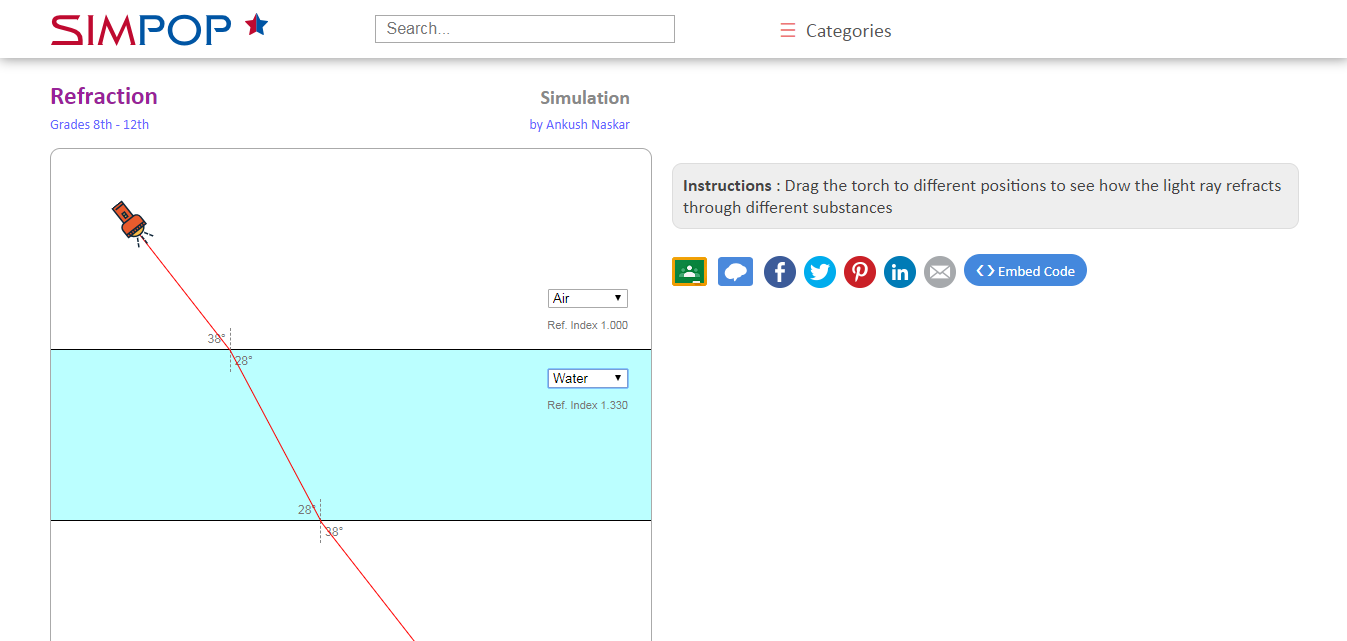It depends on what is causing the bending. Let's assume you mean the light beam is being bent due to it being $refracted$. If the light beam begins in vacuum and then travels into a material with index of refraction, $n$, then the speed of the light beam will change. That is, assuming the frequency of the light is constant across the barrier, the refraction of the light changes the light's wavelength which changes its speed, $v$, according to
$$ v = f*\lambda. $$
Or more simply, one can view it via,
$$ v = c/n $$
where $n$ is the index of refraction of the material. You can see that in vacuum, $n = 1$.
I strongly disagree with John Rennie's comment above: he displays a common misconception! The speed of light is NOT "always" $c$. The quantity $c$ is the speed of light in vacuum specifically. When it's not in vacuum, the light beam is traveling at $v < c$. The light beam changes direction precisely because it's traveling at a smaller velocity while at the same frequency.
For some typical indices of refraction: https://www.google.com/search?q=vacuum+index+of+refraction&ie=utf-8&oe=utf-8&client=firefox-b-1-ab
Check out an introduction to optics book, I suggest the one by F. and L. Pedrotti.
Also, play aroud with this PHET simulation. https://phet.colorado.edu/en/simulation/bending-light

